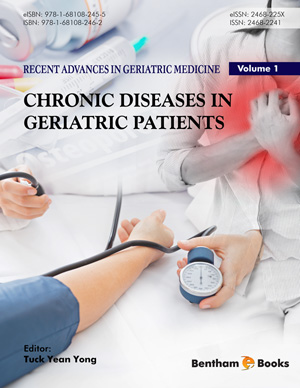Abstract
Osteoporosis is characterised by bone demineralisation, reduction in bone mass and changes in bone micro-architecture or the presence of a fragility fracture. Osteoporosis is still frequently underdiagnosed and undertreated. Advancing age is a risk factor for underdiagnosis and undertreatment of osteoporosis. The goal of treatment is to reduce morbidity and mortality associated with the first fracture and prevent subsequent fractures. Osteoporosis management in older adults (≥65 years of age) must involve both non-pharmacological and pharmacological interventions. Beneficial non-pharmacological interventions include falls risk assessment and management, participation in exercise programs and the use of hip protectors. Pharmacological treatments including calcium, vitamin D, bisphosphonates, denosumab, strontium and teriparatide are generally safe for use in older people and significantly reduce fracture risk especially vertebral fractures. However the evidence is not as strong for reducing the risk in non-vertebral and hip fractures.
Keywords: Bisphosphonate, Bone loss, Calcium, Denosumab, Falls prevention, Fractures, Older people, Osteoclast, Osteoporosis, Parathyroid hormone, Strontium, Vitamin D.






















